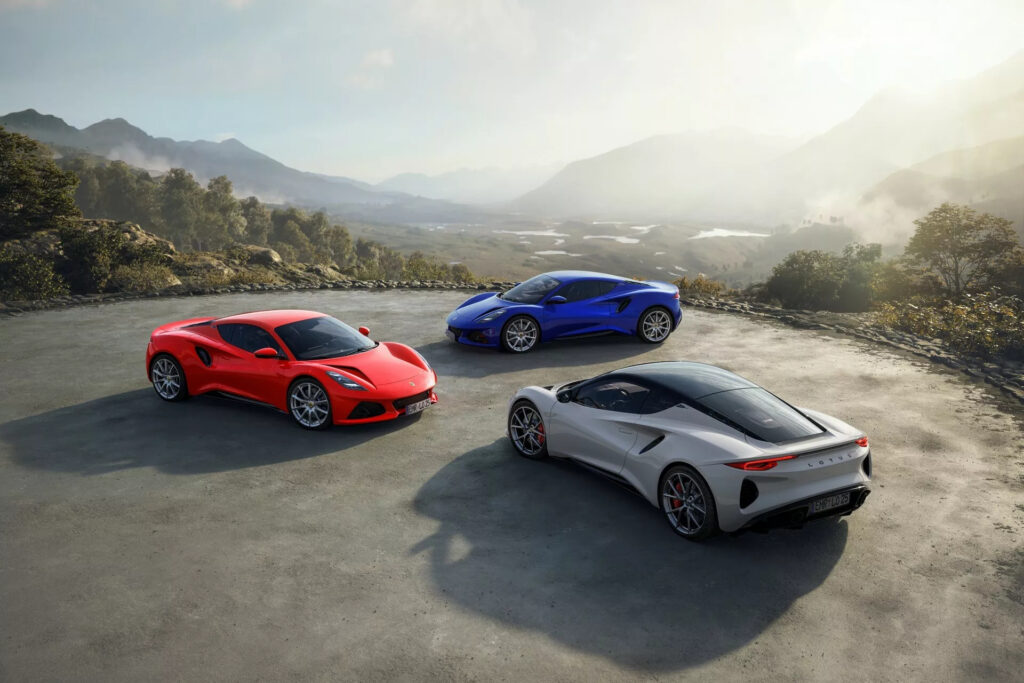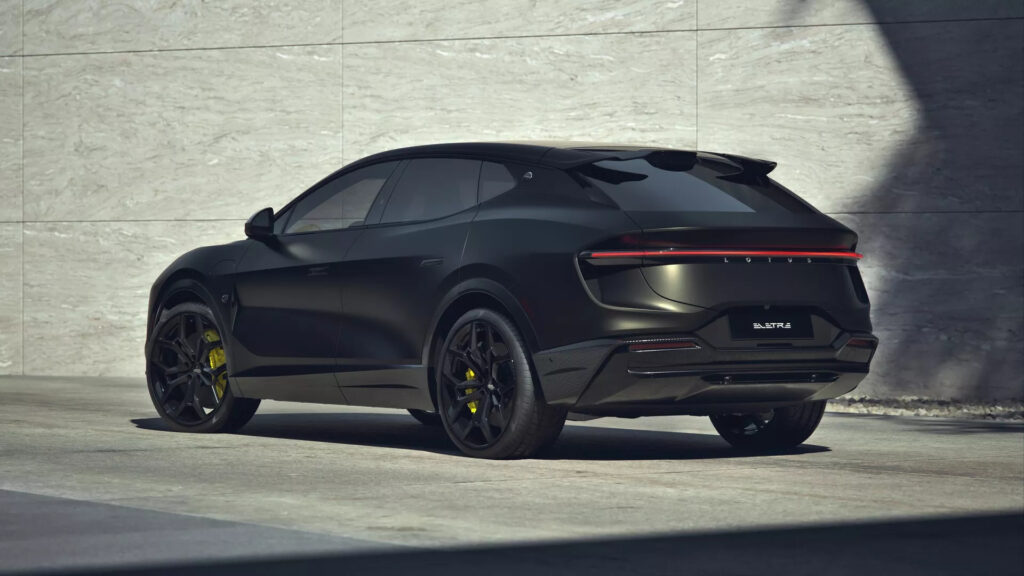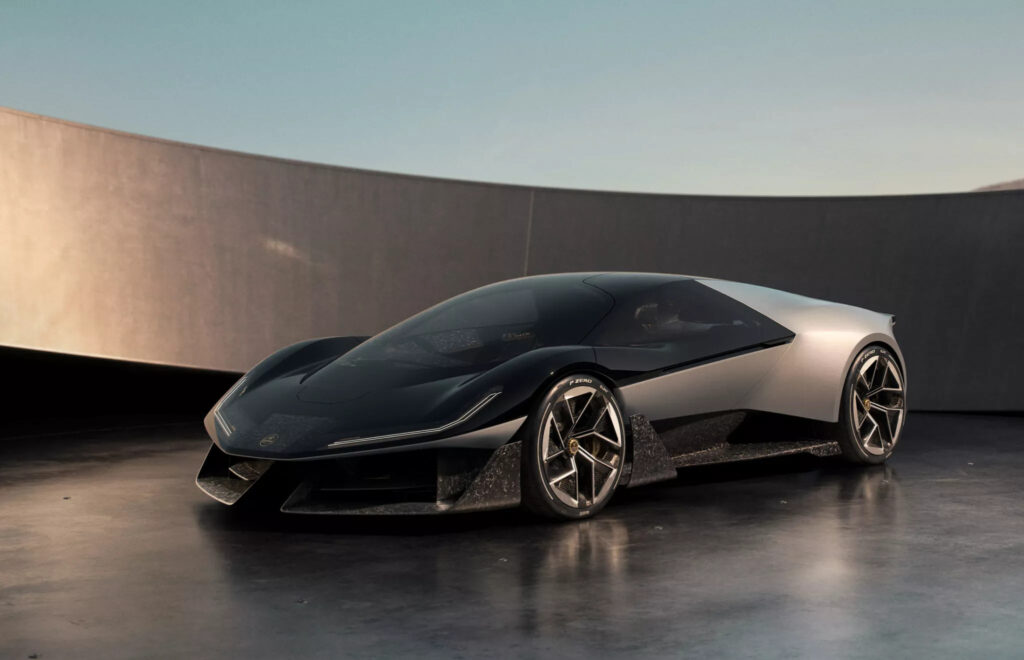What Happened To Lotus?
In selling out to Communist China and making heavy EVs, the beloved British brand has lost its soul

Colin Chapman, the famed founder of Lotus — one of Britain’s most beloved sportscar makers — had a famous, witty motto: “simply, then add lightness.” It’s a sticky phrase, and meaningful because of how much it contrasted the style of his competition. Even long after his passing, Lotus still rejected the urge to add power for power’s sake — which brings with it the need to engineer tougher components, add more radiators, use a bigger fuel tank, and a litany of other weight-adding elements. And once you have weight, there is no engineering trickery you can do to erase it.
If they made the 2000s Exige more powerful, they would have gotten more headlines; and if they gave it a leather interior, they could have charged more for the car, while also pulling in more customers. But then it would not have been a Lotus. It would have been another forgotten 2000s sportscar. And they had principles.

Principles are not the same as profits, and as the brand’s luck turned, Lotus would sell out to a Communist Chinese manufacturer, Geely. In exchange for its soul, Lotus would get the money to survive, and make one last light sports car, the beautiful Lotus Emira. Geely, on the other hand, would get a tool to avoid tariffs, building cars in Communist Chinese factories, but branding them as proudly British Lotuses.

And so it is that a brand known for making light, small cars currently sells the 5,622-pound Emeya sedan, and 5,800-pound Eletre SUV. Reviews seem to say they’re fine, but they’re not selling well in Britain, and despite the Eletre having an initial promised launch price of $107,000, it will actually hit American shores with a $229,900 sticker, courtesy of the tariffs on Communist Chinese EVs.
So, having spent billions, Lotus has lost its soul so as to sell electric SUVs, which no one will buy. Congratulations.
Lotus says that the Emira is not the end of their sportscar run though, and that they will have new models coming; but these will all be electric, and the first announcements have not been promising. Lotus technically already makes an electric coupe, the Evija hypercar, announced in 2019. It has more than 2,000 horsepower, cost millions to buy, and is limited to 130 units, but most car journalists are not sure they actually exist. Production has been a nightmare, and testing has not been much better, with one unit dramatically crashing off-the-line at the Goodwood Festival of Speed. We know one car has actually been delivered — last August, to Formula One driver Jensen Button — but the rest seem to be dreams.

Undeterred, last month, Lotus revealed a new concept car, the Theory 1. It’s a third-seat electric supercar, with central seating, 986 horsepower, and any number of other theoretical figures because this is just a concept car and will never be built. Their public relations team say it’s a technical statement about what Lotus sportscars will be like looking forward; but not only does it not look like a Lotus, but it has no connection to the spirit of Lotus either. It’s steer-by-wire — meaning there’s no physical connection between the steering wheel and the wheels — and they boasted about how it would have full self-driving capacity, which is what you want in a British drivers car. It also has haptic fabrics, that bump you as blindspot monitoring; which both seems pointless, and heavier than cloth seats.
The only promising element of the car is its weight. Despite its glass roof, electric batteries, and silly seats, the whole car apparently only weighs 3,520 pounds and that’s not far off the 3,097-pound Emira. But again, this is just a concept car, and I seriously doubt an EV Lotus will ever reach production weighing that little. Please expect many more heavy, oversized electric SUVs though!
Chapman would be turning in his grave.

